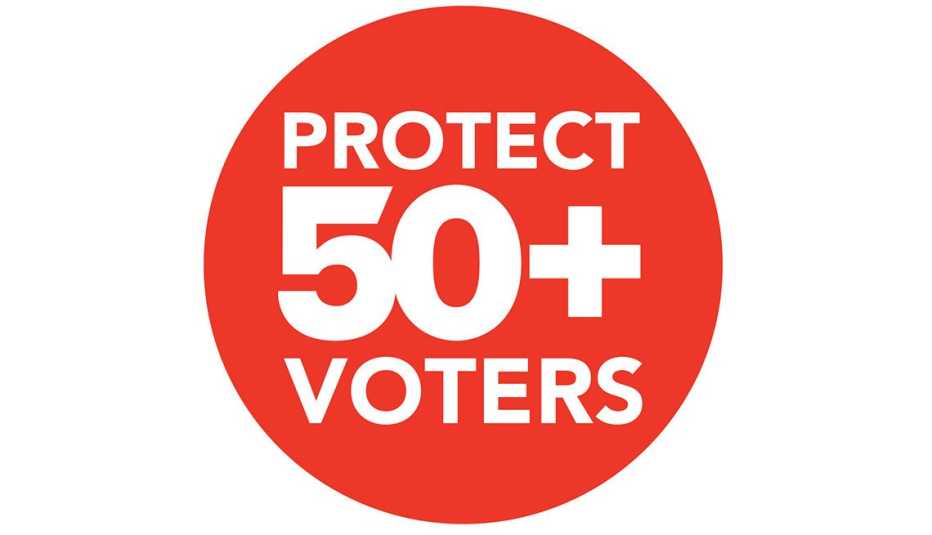Staying Fit


John Doll arrived at his Akron, Ohio, early voting polling place at 7 a.m. on Oct. 6, nearly a month before Election Day. But even then, he encountered a long line.
More than 90 minutes into his wait, Doll, 68, blacked out and collapsed. An intrepid voter, he recovered and returned to the line in the autumn chill, only to fall again. This time, paramedics took him to a hospital where he stayed for three days. His doctors would tell him that the episode was likely due to his Parkinson's disease.


AARP Membership— $12 for your first year when you sign up for Automatic Renewal
Get instant access to members-only products and hundreds of discounts, a free second membership, and a subscription to AARP the Magazine.
Doll is one of a record 38.3 million people with disabilities who are eligible to vote in this fall's election, almost 20 percent more than in 2008. They will constitute close to one-sixth of the total electorate, according to Rutgers University experts.


Resources for Voters With Disabilities
• The bipartisan U.S. Election Assistance Commission was created as part of the 2002 Help America Vote Act. Its website features guidance for voters with disabilities.
• Election rules vary widely among states and local districts, so the American Association of People with Disabilities offers details.
• The National Disability Rights Network, made up of the nation's largest providers of legal advocacy services for those with disabilities, provides links to its state offices.
This is also the first general election in the age of COVID-19, which makes it more challenging than usual for people with disabilities to vote:
- Electronic voting systems that allow voters with disabilities to cast their ballots from home are available only in certain states. Federal law requires accessible equipment for voting to be available at polling places but not at home.
- Some voters with mobility or sight issues are less likely to accept offers of rides to the polls, for fear of contracting the virus.
Because of these concerns, like many Americans balancing the issues surrounding the pandemic with their desire to vote, people with disabilities are having to decide between going to the polls or turning to absentee or mail-in ballots.
Finding the best way to vote
Tracy Carcione, who is blind, tried both those options this year in an attempt to find the safest, most accessible way to vote.
Carcione, 59, lives in Teaneck, New Jersey, where the 2020 spring local elections were held by mail. She contacted election officials and got an online electronic ballot that allowed her to vote safely and privately at home.
That ballot, developed by Seattle-based Democracy Live, is being used this fall in 20 states, including Pennsylvania, Michigan and Florida, said President Bryan Finney.
But New Jersey didn't offer those electronic ballots for its July presidential primary, so Carcione went to her local polling place.
"There's supposed to be an accessible machine there, but the poll workers don't know how to switch it into accessible mode,” she said. So she had to squeeze in the voting booth in between a Republican poll worker and a Democratic one who helped her vote, not an ideal system in a pandemic — or to preserve privacy.

































































More on politics-society
50+ Voters Step Up to Work at Polls Despite COVID-19
Nationwide, election officials still need more people to helpNative American Voters Face Challenges
Advocates working to increase turnout, overcome hurdles